One of the most acclaimed architects, Sir Christopher Wren, helped popularise the rise of bolection style in furniture.
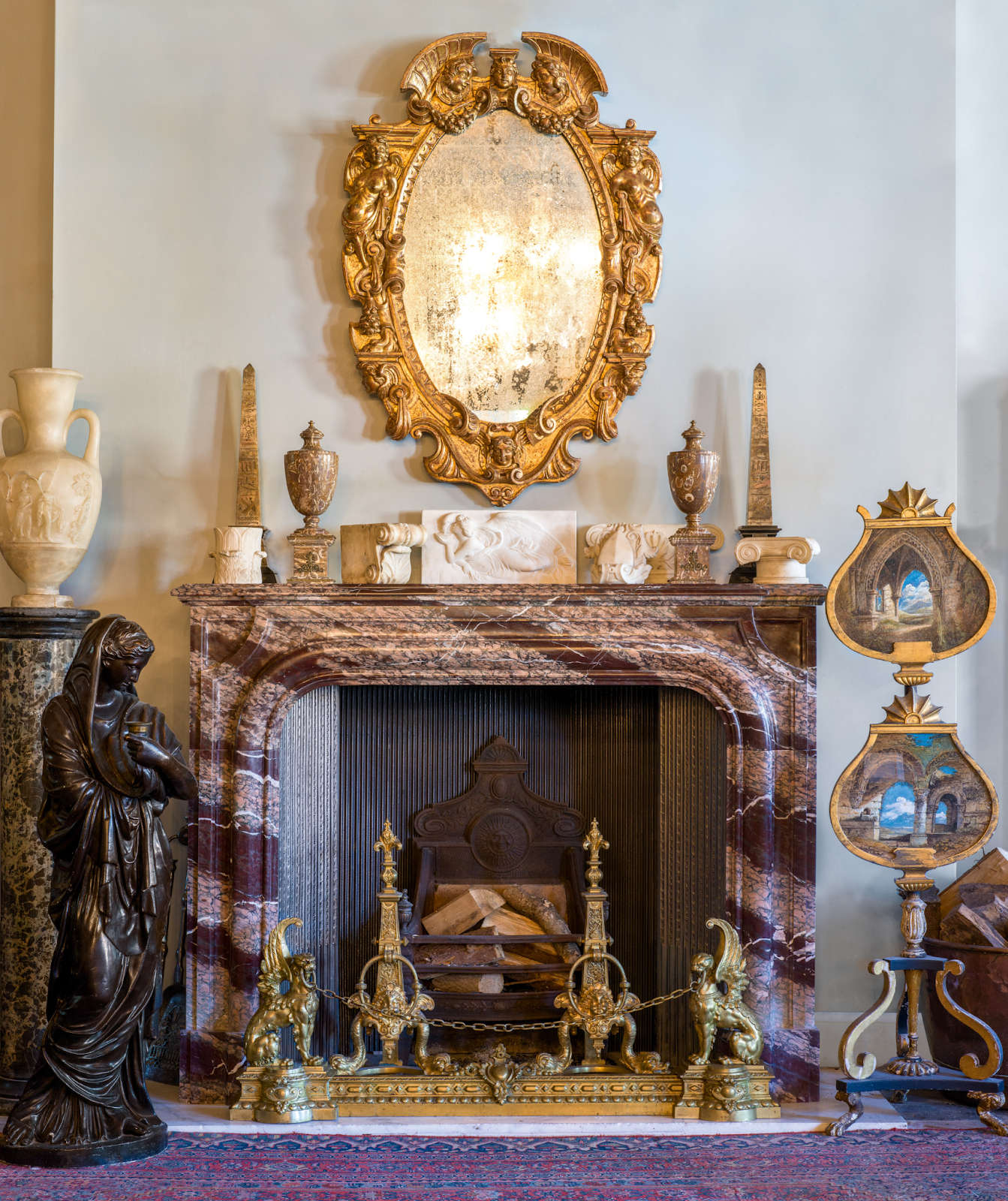
× 
Popular throughout many periods, well-designed bolection fireplaces are a sight to behold. But what is a bolection fireplace exactly?
Bolection fireplaces feature a raised, projecting moulding that surrounds the opening. This raised moulding gives the fireplace a distinct, three-dimensional look that stands out from the wall.
The key characteristics of bolection moulding include:
- Raised moulding: This is the most defining feature. The moulding protrudes from the wall's surface, creating depth and making the fireplace a prominent focal point in the room.
- Bevelled edges: The raised moulding's edges are typically slanted, sloped, or rounded – giving them a softer, more elegant and less stark appearance.
- Depth: The moulding often projects significantly from the wall, in contrast to flatter fireplaces, adding to its visual impact.
- Versatility: While it originated in 16th and 17th-century European Late Renaissance and Baroque periods, a bolection fireplace fits very well with modern interiors too, thanks to the design's simplicity and clean lines.
- Materials: Various materials – including marble, wood, limestone and other natural stones – feature in bolection fireplaces.
One of the most acclaimed architects, Sir Christopher Wren, helped popularise the rise of bolection style in furniture.
Bolection fireplaces throughout time
Tinos verde is a dark green coloured marble, with white-green to pure white veins, quarried on the Greek island of Tinos.
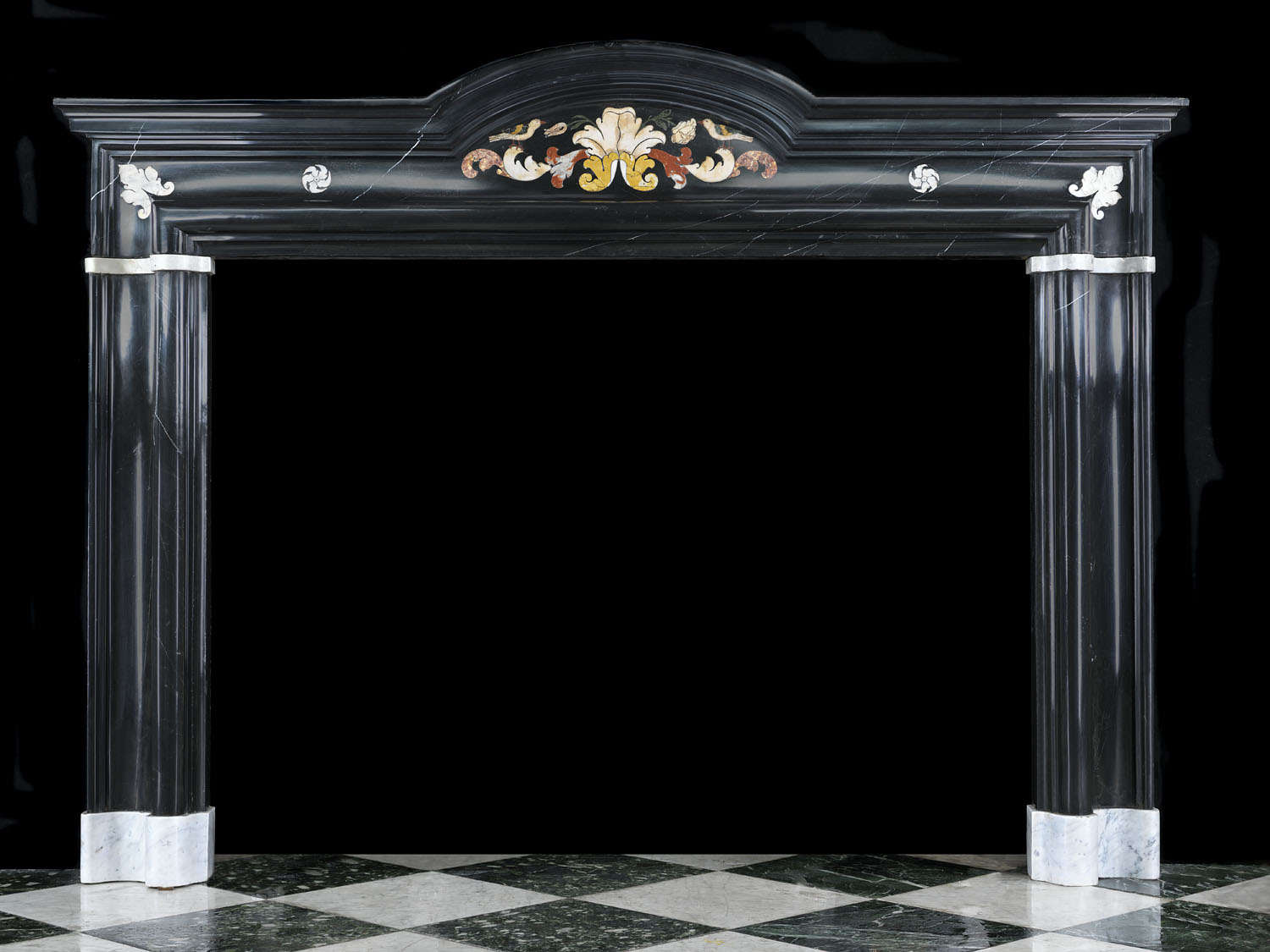
× 
Here is a rare and very grand 17th century (circa 1660) Italian Nero marble bolection fireplace, with polychrome pietra dura inlaid designs of birds and floral foliage.
Careful use of white throughout and the central panel featuring an acanthus cartouche, floral scrolls and birds help the overall design to stand out.
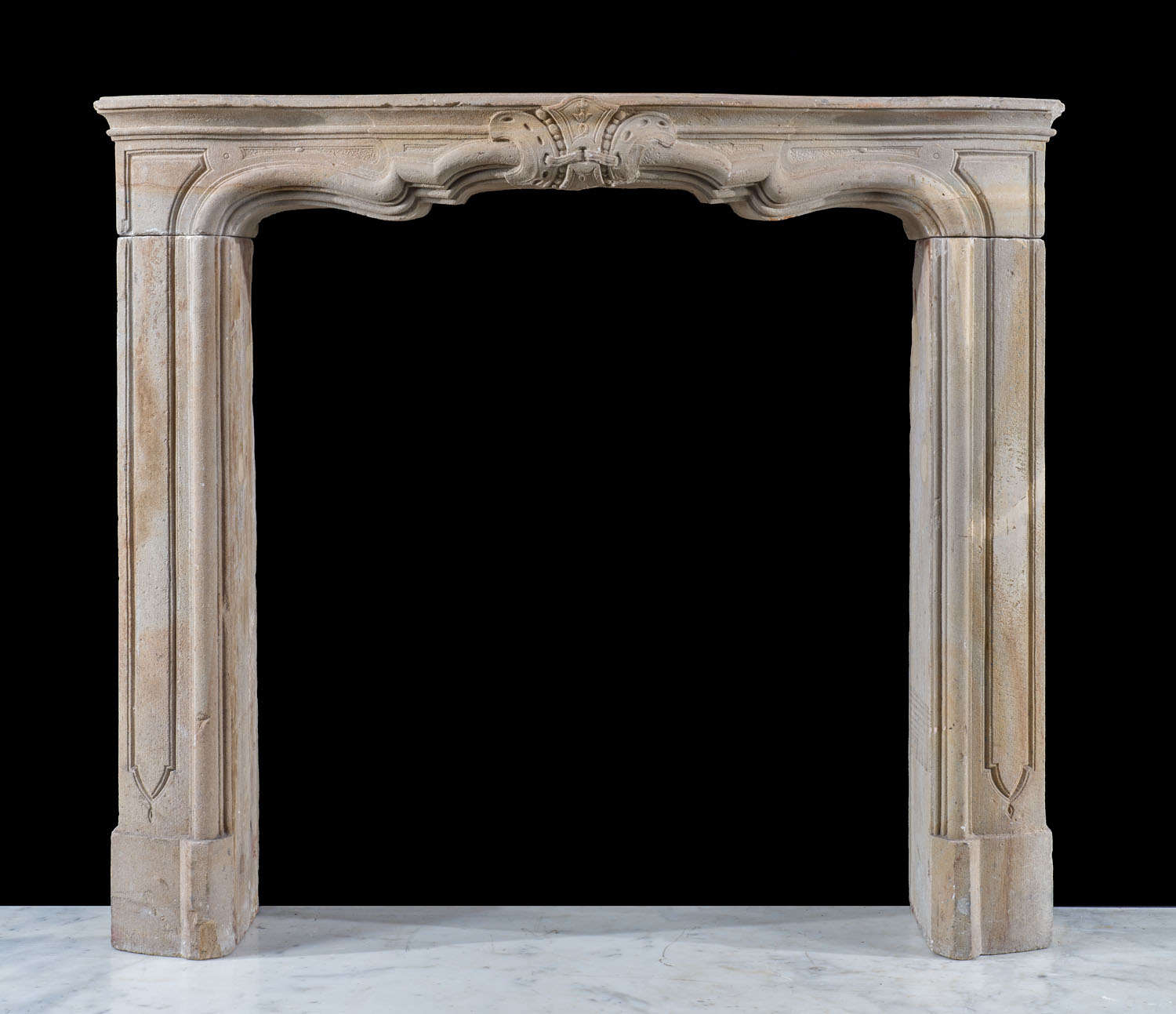
× 
Changing materials, this lovely limestone Louis XIV Baroque small fireplace comes from the late 17th to early 18th century.
This fireplace is a rare survival from the reign of the Sun King – it conforms to the drama of the Baroque, with a carefully carved cushion moulding.
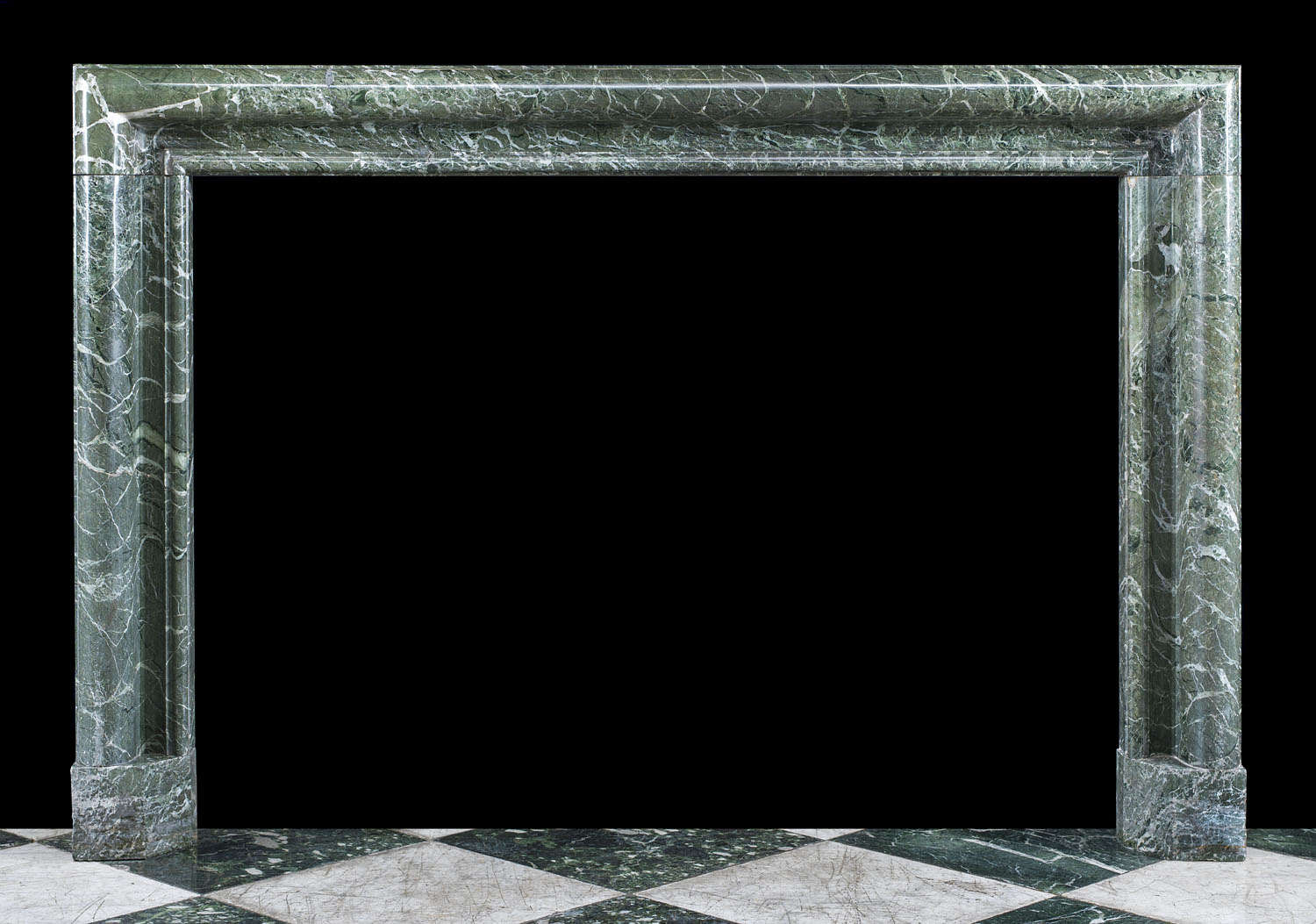
× 
Here is a striking 19th century Tinos verde marble bolection fireplace. English, from circa 1860, it is a wide moulded chimneypiece in veined green, with the jambs raised on shaped footblocks.
Tinos verde is a dark green coloured marble, with white-green to pure white veins, quarried on the Greek island of Tinos.
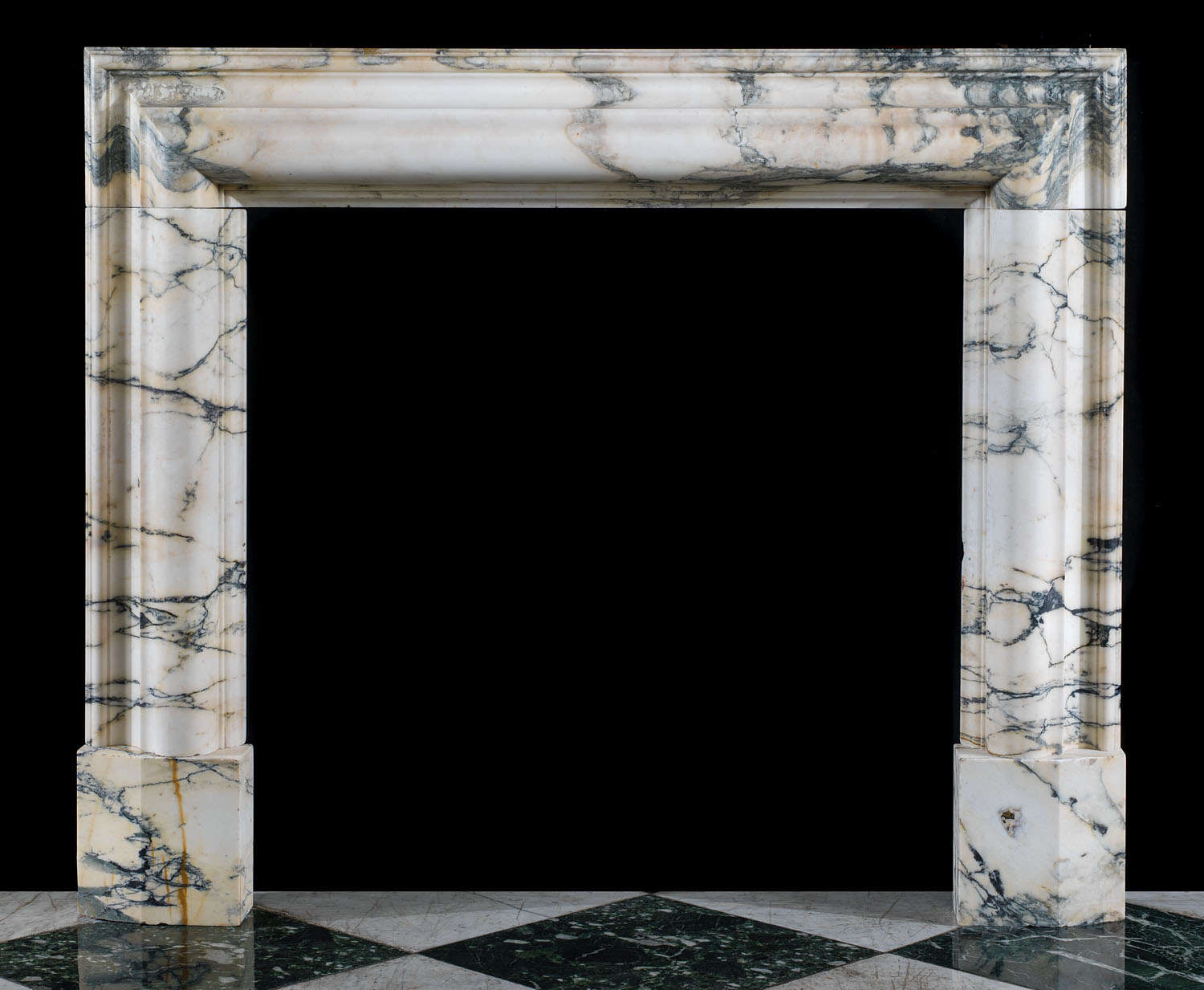
× 
And from circa 1920, this is an elegant early 20th century Pavonazzo marble bolection chimneypiece. The term Pavonazzo derives from the Italian word for peacock, pavone.
This fireplace features one of the many varieties of Carrara marble, typically white with grey and black veining, quarried since Roman times in the northernmost part of where modern day Tuscany lines.
The wide variety of bolection fireplaces
Beyond the raised moulding and depth, the range of materials and colours featured in bolection fireplaces over the years make for some stunning examples.
Beyond the raised moulding and depth, the range of materials and colours featured in bolection fireplaces over the years make for some stunning examples.

× 
This is a stunning, large Breche Violette bolection fireplace from the time of Louis XVI circa 1850 – a very grand fireplace, it features beautiful veined marble. Find out more about Breche Violette in antique fireplaces.
With a wide moulded shelf, this deep bolection fireplace also has Greek corners as well as scrolls on the jambs, elevating it beyond the usual simplicity that typifies the style.
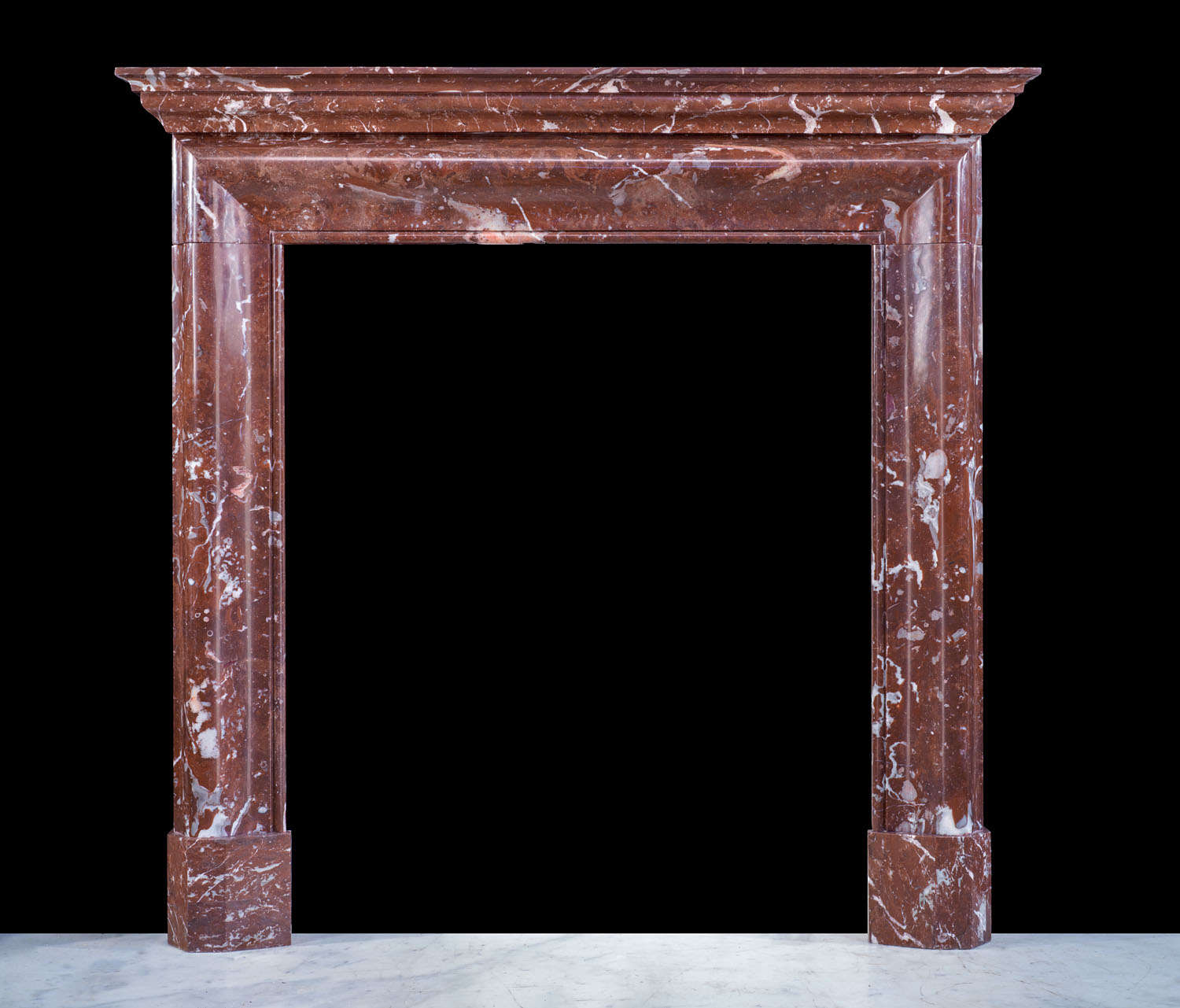
× 
Here is a smaller but still remarkable rouge royale marble bolection chimneypiece, demonstrating the incredible variety of colours you can expect to see in such fireplaces.
This simple, deep chestnut coloured, white veined rouge royale bolection marble fireplace has a moulded opening over plain footblocks.
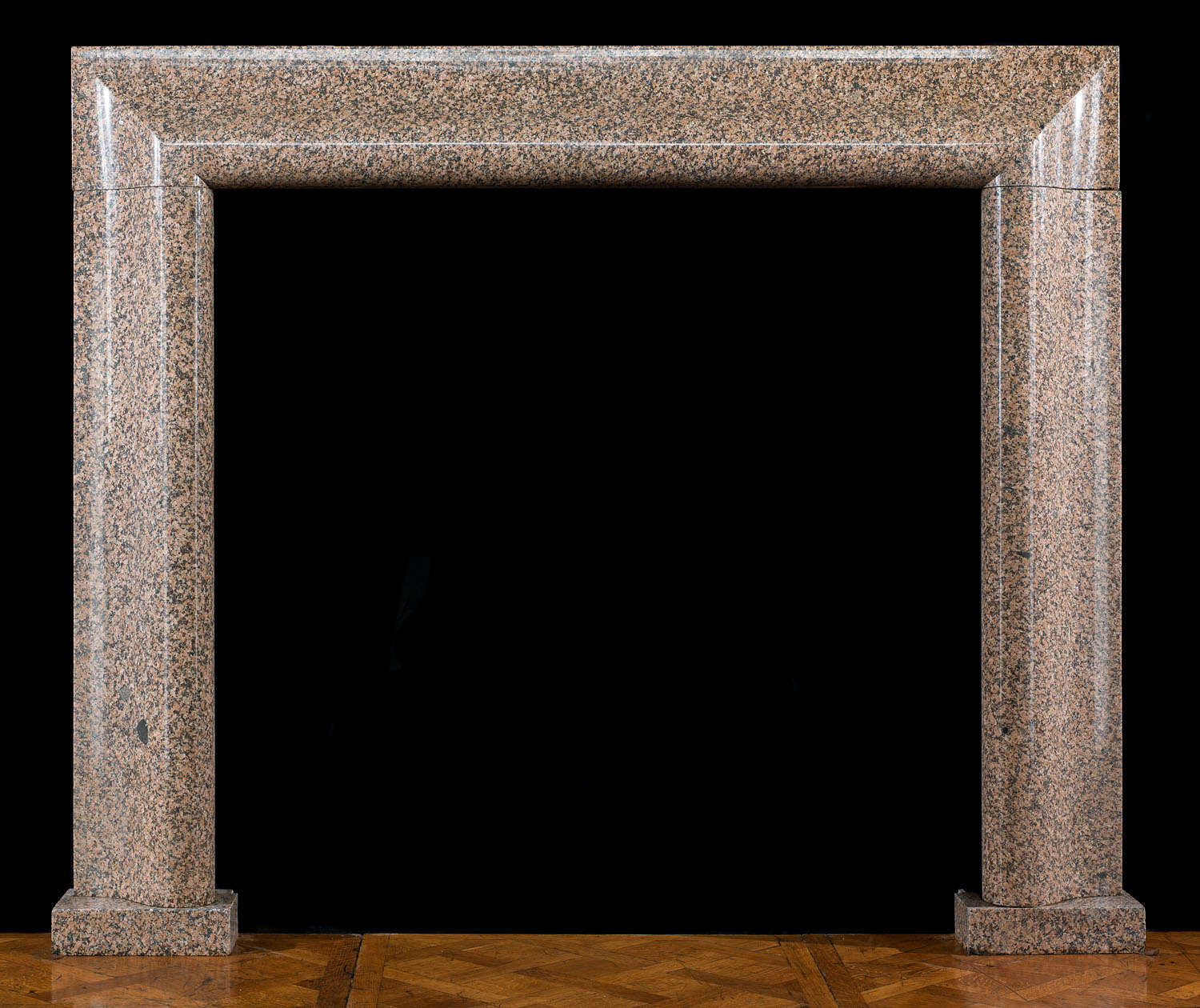
× 
Pink is also an eye-catching colour in a bolection fireplace. This is a very large pink granite Scottish bolection fireplace.
This fireplace comes from slightly more recent times in circa 1930 – see our vast collection of antique fireplaces by period:
The bolection fireplace is perhaps best known and loved in Britain, much loved for its simple form consisting of curved moulded jambs and a matching frieze.
Final thoughts: Antique bolection fireplaces
The bolection fireplace is perhaps best known and loved in Britain, much loved for its simple form consisting of curved moulded jambs and a matching frieze.
Antique bolection fireplaces were carved by hand from beautiful rare marbles and other impressive materials.
We hope you enjoyed this guide. If so, why not take a look through some of other most popular articles, including:
For well over 50 years, Westland London has specialised in fine period chimneypieces, fireplace accessories, furniture, lighting, decorations and architectural antiques.
If you have any queries about our collection of antiques or antique fireplaces, please don’t hesitate to get in touch.